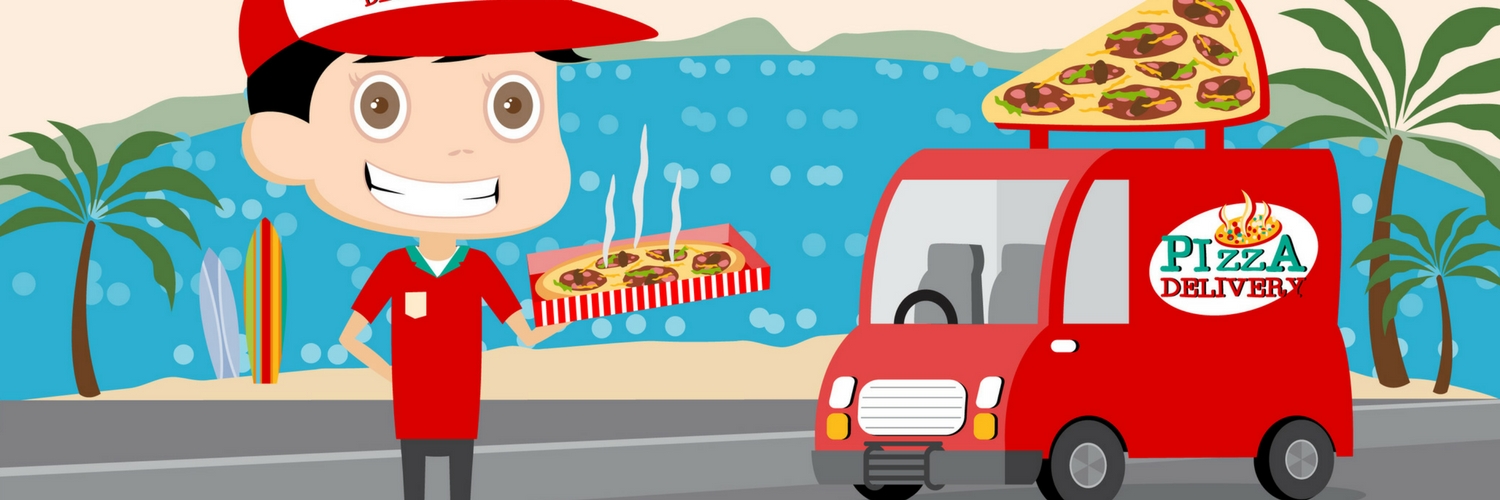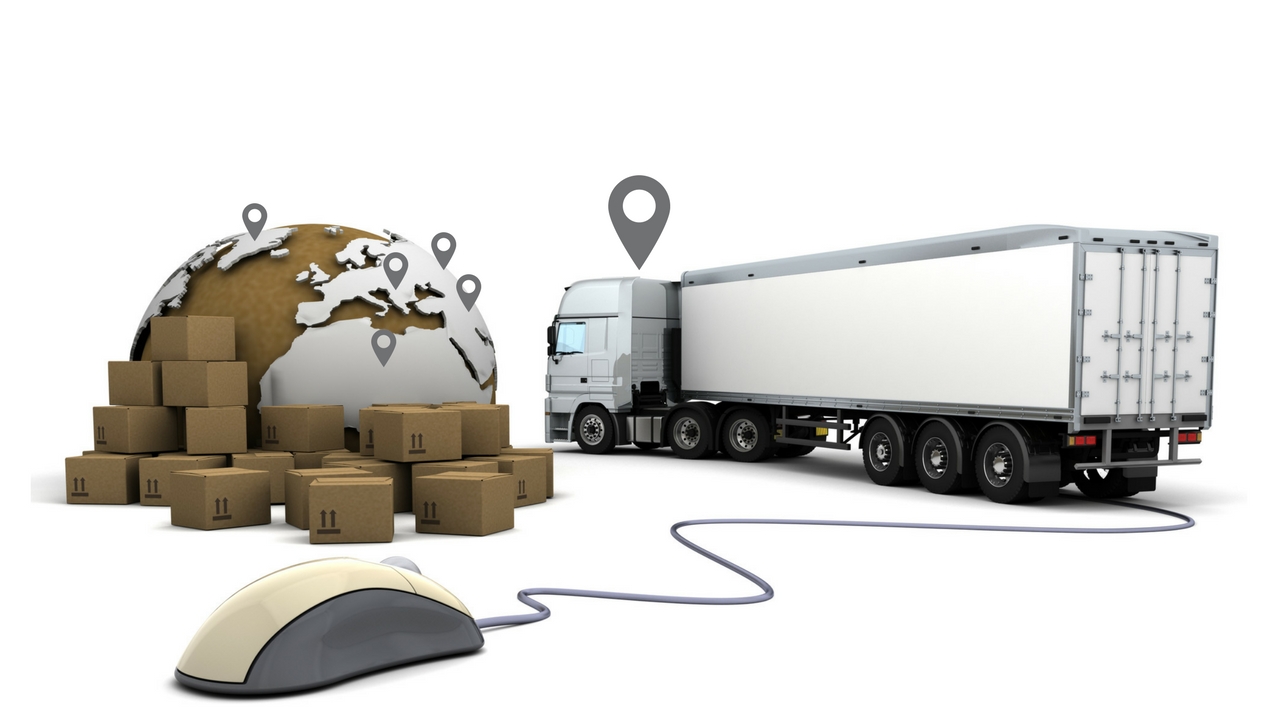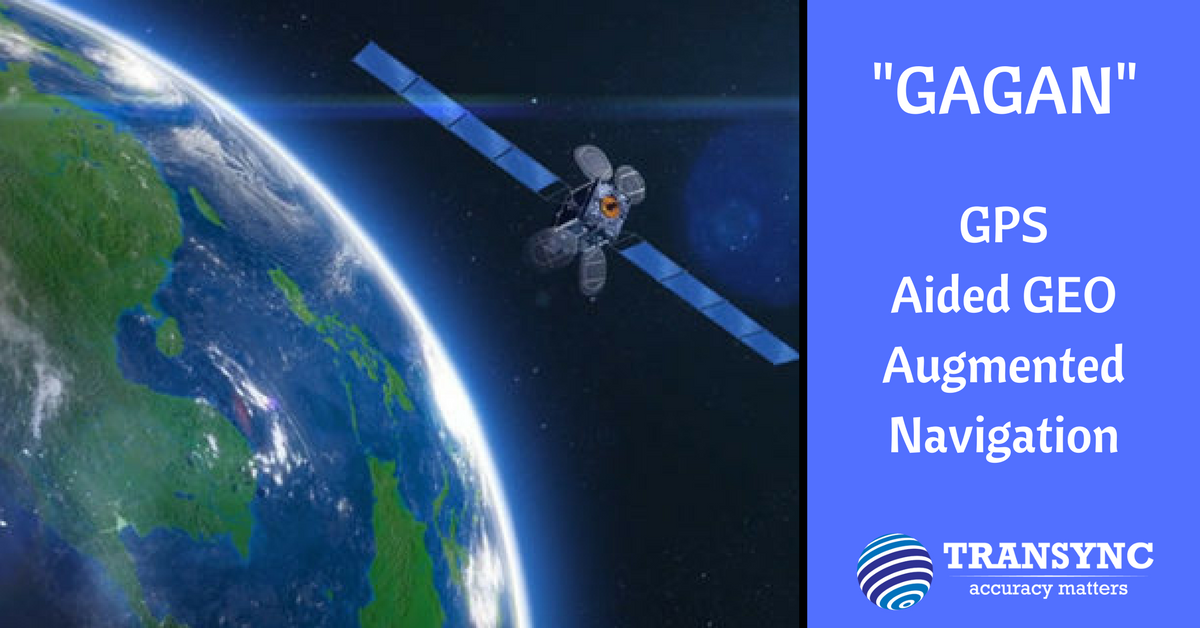The transportation system of any country is the backbone of its economy. The transportation system is needed to function at its full efficiency at all times. In case even one link of the transport system breaks down then the business can be affected in a worse way. Breakdown of transportation system is not needed at any time. For example for a business of manufacturing recycled paper it is important that they get a supply of paper to recycle. Now if the paper is not transported at the right time the company machines will just sit idle causing loss to the owners.
In order to increase and ensure the efficiency of the transport system the government of India as designed an Intelligent Transport System (ITS) under the Automotive Industry Standard -140. The ITS is globally proven to optimize the utilization of existing transport infrastructure to the best of its capacity. This helps in improving the transportation system in terms of efficiency, quality, comfort and safety. AIS 140 is not being implemented across the country.
There are various parts of the AIS 140 which encompasses the various aspects of vehicle regulation and maintenance of safety standards. Since the primary aim of designing the system is to increase the vehicle safety there are many subsections to the ITS and these include
Operations and Management : These are the basic parts of any system. AIS 140 lays down the guidelines for the operations and systems in various public transport systems in details. If there are any changes to be made then there are guidelines made for the same too.
Automatic Vehicle Location Tracking: This is one of the most important aspects of AIS-140. Automatic location tracking will help monitor the route taken by the vehicle, the time taken by the vehicle and fuel optimization. All these things help in regulating the traffic as well as keeping a track of the vehicle timings and schedules. Vehicle location tracking also helps in monitoring the health of the vehicles.
Performance management of the vehicle and the driver: For the vehicle to be in full health at all times there is a lot of hand of the driver also. Performance management of the vehicle and the driver both help in maintaining the performance of the vehicle in the perfect condition.
Route and schedule management: AIS 140 also lays down the guidance for route and schedule maintenance of the vehicles. This is done to ensure that the shortest and fuel economical route for the vehicle and the design is done in such a way that proper maintenance is carried out at the given schedule
Maintenance and service management: ITS also makes provisions for the maintenance and service management of the entire system so ensure the flow of the transportation without conflict. This has to be a balance between the service and provider.
Crew management: What is a transport system without its well managed crew. The AIS 140 specifies the requirement of crew an in the particular segment of the transportation mode and devices.
Read More : Why and Who need AIS 140 Devices
AIS-140 also covers the following points
• Reservations management
• Passenger
• Information
• In-vehicle (Location based announcements)
• Outside vehicle (at bus stops/depots)
• On demand Information (via Personal Computing Devices)
• Fare Collection
• Management
• In vehicle manual electronic ticketing
• In vehicle automated ticketing (Smart card based)
• Safety and
• Security
• Emergency Request
• In vehicle video surveillance and recording
• Reversing assistance
The guidelines are meant for strict adherence by the transport owner as well as consumers.



MRUTYUNJAY PRADHAN
3 Apr 2018Need GPS AIS 140
Magdalena Kurtenbach
17 May 2018This site is absolutely fabulous!
Bo Weinland
18 May 2018Keep up the great work guyz.